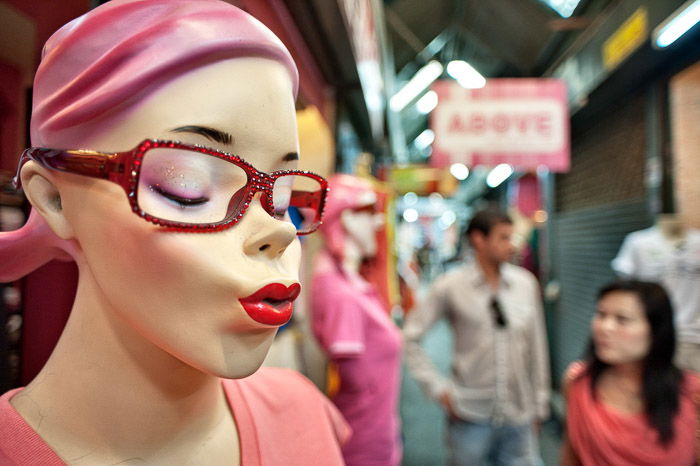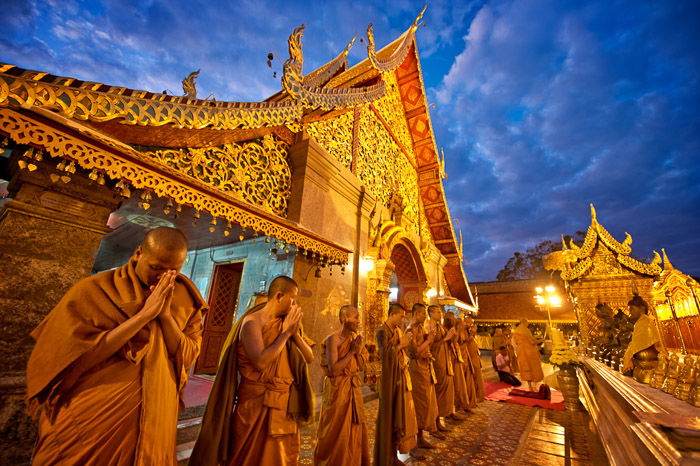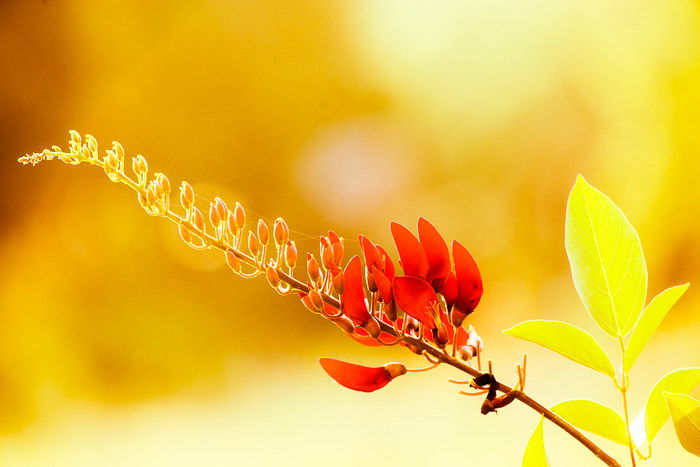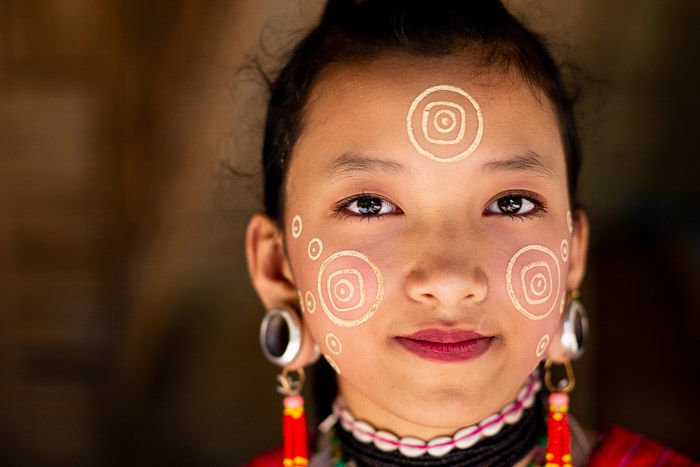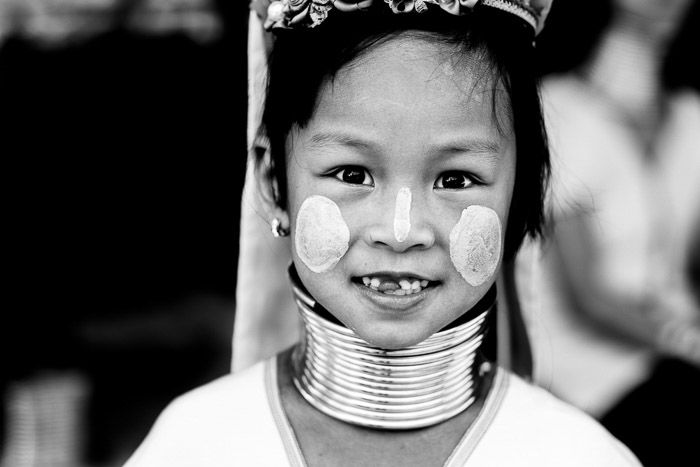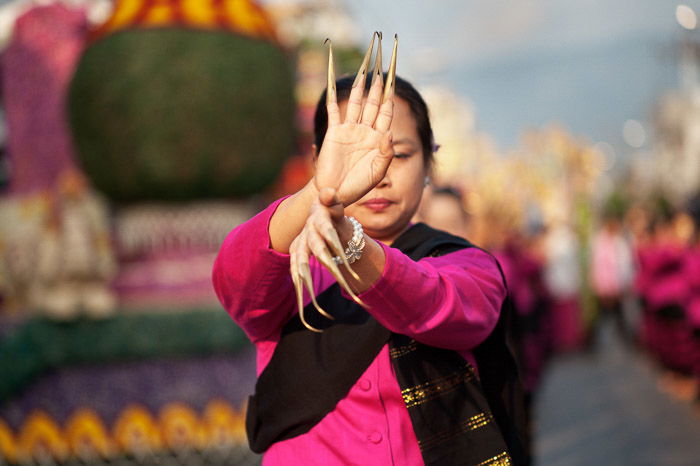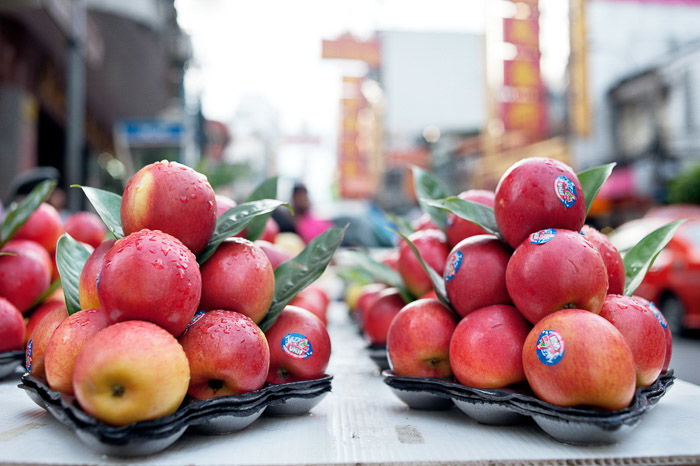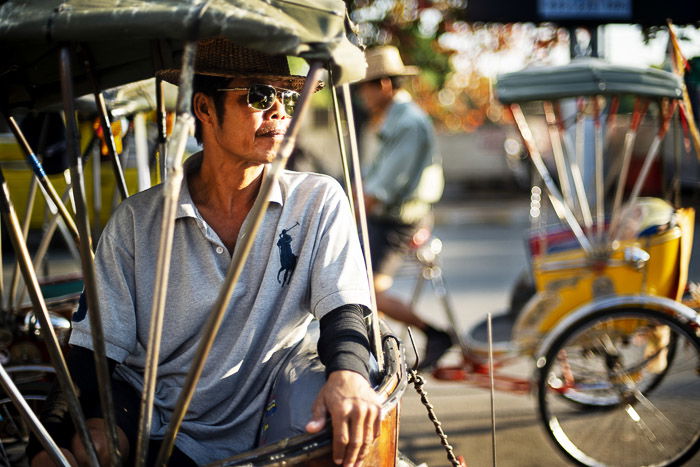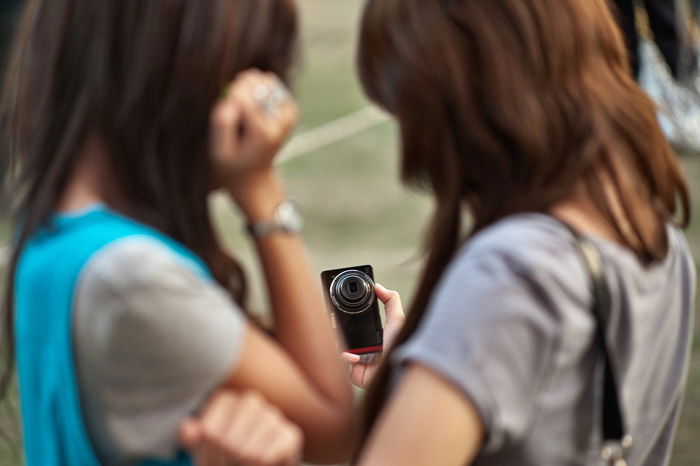6. A Bigger Sensor Means a More Shallow DoF vs. a Deep Depth of Field
Shallow depth of field is easiest using a full frame or larger format camera. A larger dimensioned sensor means better bokeh. I’ve often spoken with frustrated new photographers who have bought an entry level DSLR or mirrorless camera with a kit lens. They tell me they struggle to create nice bokeh in their photos. Two things work against this common camera and lens choice. Combining a smaller sensor and a lens with a widest aperture of around f4 makes it more challenging to create photos with a shallow depth of field. Working with this camera and lens combo you will need to concentrate on zooming in. Also ensure there’s plenty of distance between your subject and the background. Alternatively, you can zoom wider and get as close as you can to your subject. Sensor size here has nothing to do with the number of megapixels your sensor has. You can have a 40 megapixel phone camera and it will not produce shallow DOF like a 12 megapixel full frame DSLR. It’s the physical size of the sensor that makes the difference. If you want to keep a deep depth of field in your photos, using a camera with a smaller sensor or your smartphone will help.
5. Longer Lenses Are Better for Shallow Depth Of Field
Whatever camera and sensor size you are using, the longer the lens you put on it, the less background will appear in focus. This is not because there’s actually less depth of field with longer lenses, but because they compress distance more. Wide lenses take in much more background and tend to give the appearance of what’s in frame being spread out. Using the same aperture setting on a 20mm lens as on a 200mm lens will give you essentially the same amount of focus depth. It appears different because of the compression and the amount of background you can see. Using a wide or long focal length the DOF at any aperture might measure the same, but will look different. This look is what will concern most photographers. Attaching a longer lens to your camera or zooming in to your maximum limit will produce photos with softer looking backgrounds. For this photo of the red flowers I used a 300mm lens with the aperture set to f5.6. The camera I used has a full frame sensor. Only some of the red petals are sharp. The unopened flowers at the end of the stem are not sharp. There is no detail in the garden in the background because it is much further away. Retaining a large depth of field with a long lens can be challenging. Set your aperture as narrow as you can and focus into the distance. The further away your point of focus is, the more there will be in focus in your photo. This is true for any lens, but more pertinent with longer lenses when you want more in focus.
4. Wide Aperture Means Shallow Focus
Kit lenses sold with cameras typically don’t have a very wide maximum aperture. To most easily achieve a shallow DOF you need to be using a lens with a widest aperture of at least f2.8. Wider is better. Prime lenses, ones which do not zoom, often have wider maximum aperture settings. A 50 mm f1.4 or f1.8 are both popular and relatively cheap. Using a lens such as these with the aperture set wide open, your photos will have a very shallow depth of field. When you focus on something far from the camera, the narrow field of focus will not be so noticable. Longer or wider prime lenses with wide maximum apertures are more expensive. Using the widest aperture on longer lenses can be challenging. With very shallow depth of field and a lot of compression, it’s vital to focus precisely where you need to. Photographing a close portrait using an 85 mm f1.4 lens, for example. If you focus on the person’s nose or ears, their eyes will be out of focus. It’s most helpful if your subject remains very still. If they are moving slightly, your focus point will be in the wrong place. Often when I am using a longer lens with a wide aperture I will take multiple photos in succession. First I focus carefully at the point I choose. This is usually on a person’s eyes when I am making a portrait. I will move very slightly forward and back so my point of focus is varied. At least one frame will be in focus at the best point. Wide angle lenses with wide maximum apertures allow for shallow focus. Without the effect of compression you get with a long lens, the bokeh is often not so soft. Using a 35 mm or 24 mm at f1.4 is not so difficult as it is with longer focal lengths. With any lens, when you’re using the widest aperture setting, you need to take more care to focus precisely. When you do, the effect of the very sharp, shallow depth of field, will attract the eye of the viewer. You can use this technique to guide their gaze exactly where you want them to look.
3. Subject to Background Relationship Affects Depth Of Field
Placing your subject further away from the background will mean the background is more out of focus. The farther away from your camera, the softer the bokeh will appear. This photo of a Thai woman dancing in a street parade demonstrates this well. Her right hand is in focus. Her face is not sharp. Looking into the distance behind her you can see the amount of blur increase. I made this photo with a 105 mm lens with the aperture set to f2.5 on a full frame camera. I wanted to only have her right hand in focus, but to also show the color in the background. While she was dancing I carefully positioned myself and made the photo when the person behind her was hidden from view. Had this next person been visible, they would not have been very blurred, because they were closer to my subject. They would have been distracting. Subject to background distance affects the amount of blur no matter what aperture setting you use. If you only have a kit lens with the widest aperture around f4 and want a blurred background, separate your subject from the background. If you have enough space between them, and use your widest aperture setting, the background will be blurred.
2. Get Close to Your Subject for a Shallower Depth of Field
Getting in as close as your lens will allow you to focus, will help you obtain a shallow DOF. Combining this technique with Tip #4 can make it possible to take photos with a soft background even with a kit lens. Position your subject far away from anything in the background. Get in close and frame your subject carefully. Coming in close will mean that whatever is in the background will blur. Naturally, the wider your aperture is set, the greater the degree of blur in the background. When you want more detail to be visible in the background, back away from your subject. Being further from the point you focus on will give you a larger depth of field. This is common in landscape photography when you are are wanting to find the hyperfocal distance. I will often position myself farther away from a person when I am making an environmental portrait. Being too close can mean there is not enough detail in the background to put the person in clear context.
1. Use Depth of Field to Tell Your Subject’s Story
The techniques outlined above will help you create lovely soft backgrounds. Many times this is desirable to enhance the storytelling potential of your photographs. Careful manipulation of your aperture, lens choice and distance ratios allow you to control the degree of background blur. By slightly blurring a background, rather than having it completely soft, your photos will be more striking Find the sweet spot. When the background is blurred enough not to be distracting yet contains sufficient detail. This creates a more narrative image. In this photo I have focused on the samlor rider sitting in his tricycle. The samlor passing in the background is not sharp, but it’s still clear enough that you can see what it is. Had I blurred the background more, any helpful detail would be lost, adding nothing to the story of the photo. Having more of the background in focus would mean distraction away from my main subject.
Quick Guide to Achieving a Shallow DOF
Creating photos with a shallow DOF and soft bokeh is made easier by:
Using a camera with a large sensor dimension, (disregard the megapixel count.) Having a lens with a wide maximum aperture, (usually f2.8 or wider.) Using a long lens rather than a wide one, (100mm or longer depending on the maximum aperture.) Having enough distance between your subject and the background. Getting as close as possible to your subject.
Conclusion
Mastering the use of a shallow vs. a deep depth of field requires knowledge of the principles involved. It’s not merely about using a lens with a wide aperture. Plenty of practice is also necessary. Work through tips two through five with whatever sensor size you have. Get a feel for how each one affects the amount of blur you see in the background of your photos. Once you have a good understanding of these principles, you will be more capable to control the level of blur. You’ll soon be able to tell how much or how little blur will work best in the photos you are making.
